If you’re going to Limburg to enjoy nature, there’s a wide variety of destinations to choose from. The whole province is full of wonderful hiking spots and parks. Trot Op! went for a weekend trip and tested some of them out for you.

Call me a ludicrous liar, but as far as I’m concerned, Limburg is Flanders’ greenest province by a wide margin. Here, you can still explore actual wild nature in peace, without having to cross some ugly road every fifty meters – a rare luxury in Belgium. There are deer and wild boar in abundance, and in the last couple of years some wolves actually migrated from across the German border – please stop hitting them with your car. You’ll walk through dense forests where you can – as recent events have shown us – hide yourself surprisingly well, but you’ll pass over high sand dunes, through bird havens full of ponds and along vast, sweet smelling orchards as well. And contrary to the Ardennes, where the forested hills are a natural phenomenon, in Limburg an army of miners dug them out of the darkest depths by hand. Now that’s what you call commitment to the touristic patrimony. High time I took a look at some of these green treasures first-hand. And because I’m a man of action – like Rambo but without the speech impediment – I called my hiking buddy Steven and planned some brisk weekend walks. Because you got to strike the iron while it’s hot folks.
What to do in Limburg: the most beautiful nature reserves
Our initial plan was a solid one. On Friday, we would explore Grenspark Kempen~Broek: a vast area located on the border between Belgium and Holland. We would plow through the sand strips of Duinengordel around Oudsbergen on Saturday, and end our weekend in Limburg by visiting Rivierpark Maasvallei around Maaseik and Dilsen-Stokkem the following day. Sadly, the weather gods did not agree. The day before our visit, the country went through the most devastating floods it had ever seen. The dikes in Limburg eventually held, but a considerable part of the nature reserves bordering the River Maas works as a natural floodplain. Going for a leisurely hike there now would leave us with more than a pair of wet socks, and spending the night on one of the camping rafts would be even dumber – assuming they were still there. Luckily Limburg always offers some good alternatives, and a solution was quickly found. So pack your waterproof hiking gear and enjoy these six tips for some reinvigorating Limburg nature walks. Let’s get to it!
1. Go birding in Grenspark Kempen~Broek
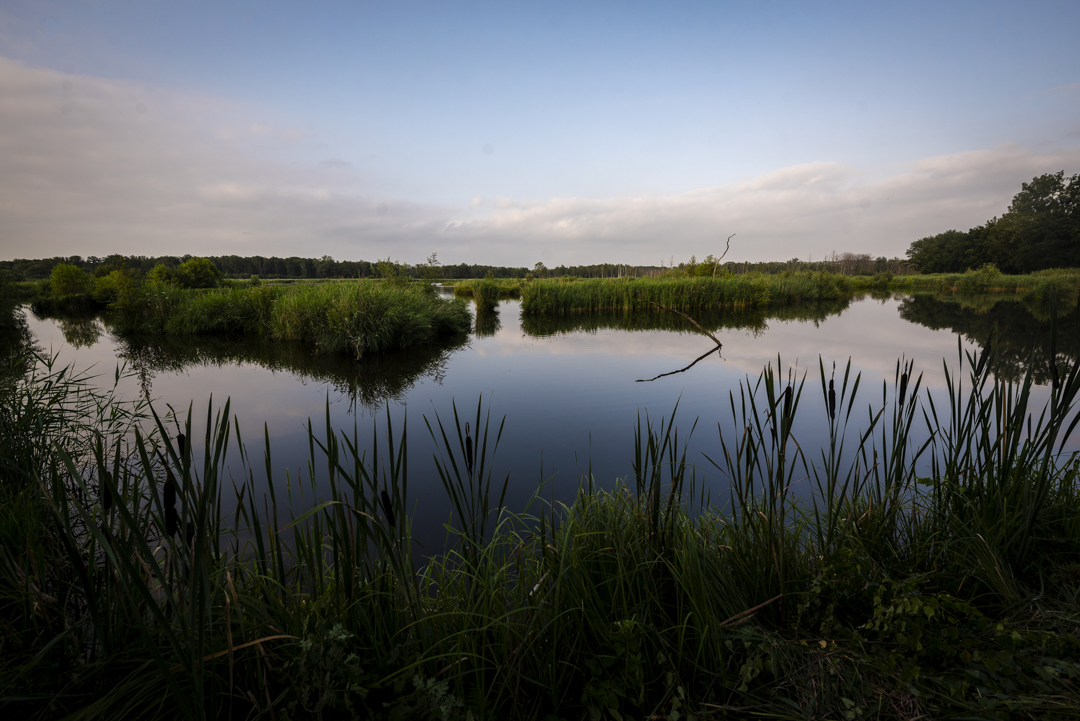


Do you like the birds? Well take a seat my friend, because this might just be the spot for you. Grenspark Kempen~Broek is a 25.000ha nature reserve combining a varied bunch of biotopes. Follow one of the signposted routes, and you’ll walk through wet swamps, dark forests and wild heathland. If lucky you’ll spot a red deer or even a nice beaver, but the omnipresent water makes it a safe haven for migratory and other birds primarily. In Wandelgebied Sint-Maartensheide-De Luysen you can follow a route through the forest and over boardwalks, passing several viewing huts along the way. Here you can lurk at your bird of choice in a very discrete way. Forgot your binoculars and want to spot some bigger animals? Go to nearby Wandelgebied Smeetshof-Wijffelterbroek and find the Exmoor ponys and taurosses. Those last ones are a cross between several cattle breeds in order to get as close as possible to the now extinct aurochs that used to roam free all over Europe. The provisional result is a beastly looking bovine with an impressive pair of horns. Don’t get too close or you might be trampled into a fine red paste and go extinct as well. www.visitlimburg.be/nl/wat-te-doen/wandelen-het-grenspark-kempen-broek
2. Have a picnic at Luysmolen
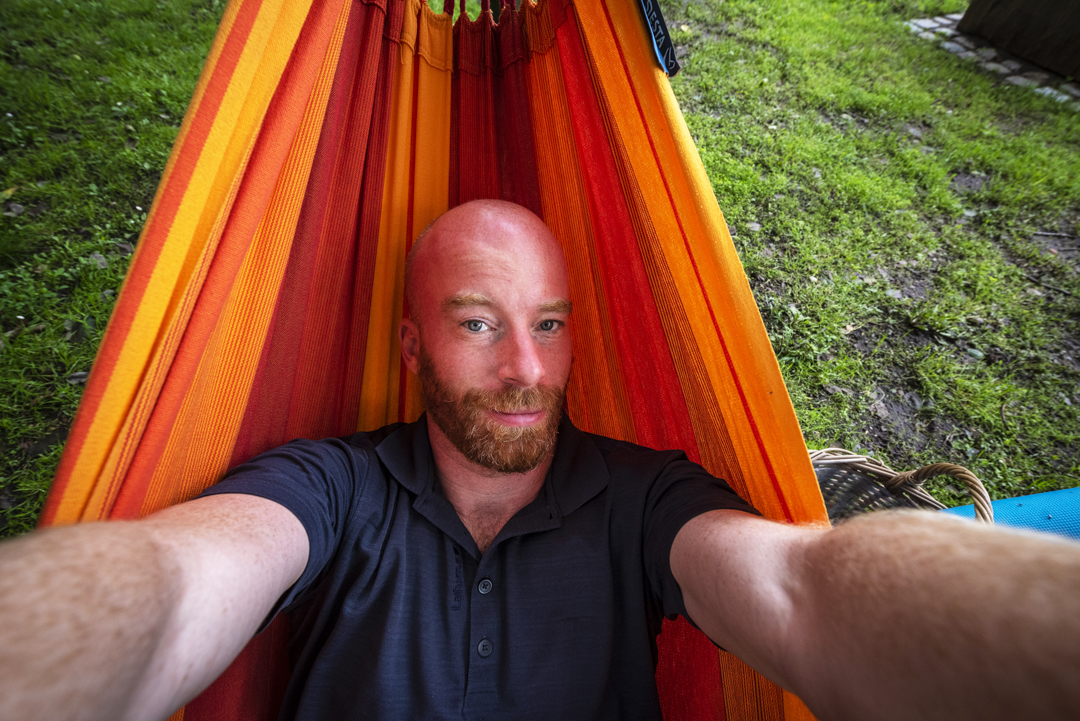
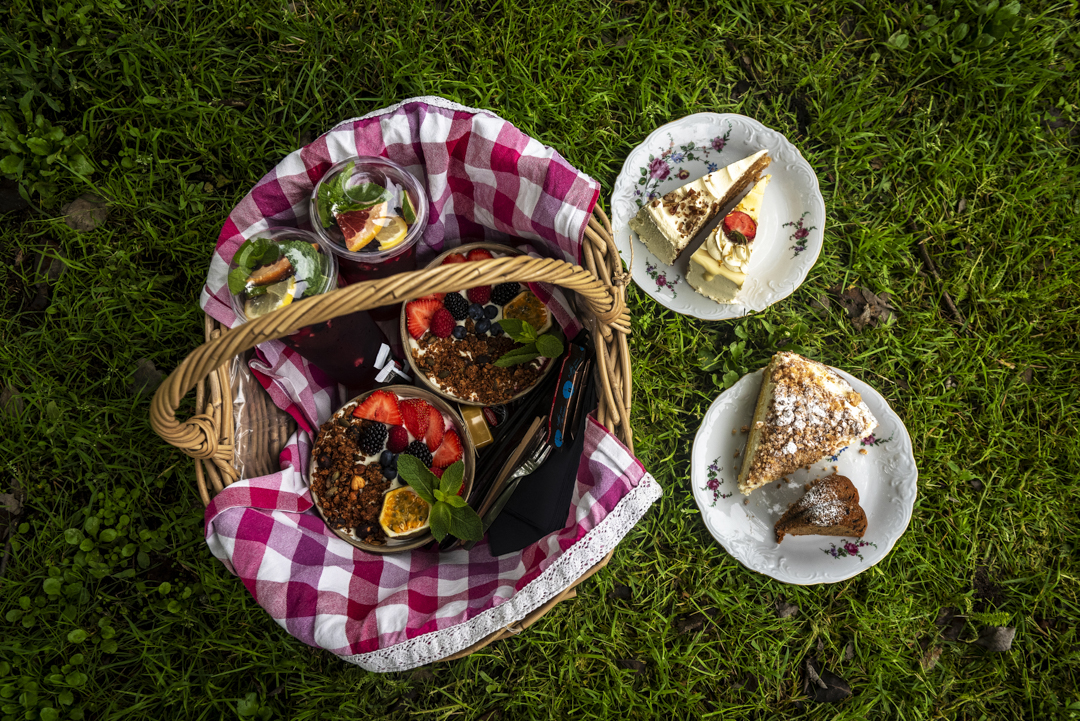
Hiked yourself into oblivion and in need of a well-deserved break? Then put your feet up at Luysmolen. This old farmhouse – the water mill is still functional – is located on one of the many walking routes through Grenspark Kempen~Broek, and is a popular place to grab a steaming cup of coffee and a quick bite. If you want to, you can take your chill to unimaginable levels and book a hammock to catch some serious Z’s. Starving? Order a picnic basket and stuff your face with it on the grass outside. We didn’t hold back and chose the Sweet Picnic: getting us four tasty pieces of pie, a fresh fruit yogurt and a big-ass homemade ice-tea. Getting lulled to sleep by a warm summer breeze next to a lapping brook: there are worse ways to end the day. www.visitlimburg.be/nl/wat-te-doen/voorste-luysmolen
3. A trek through the desert on Oudsberg
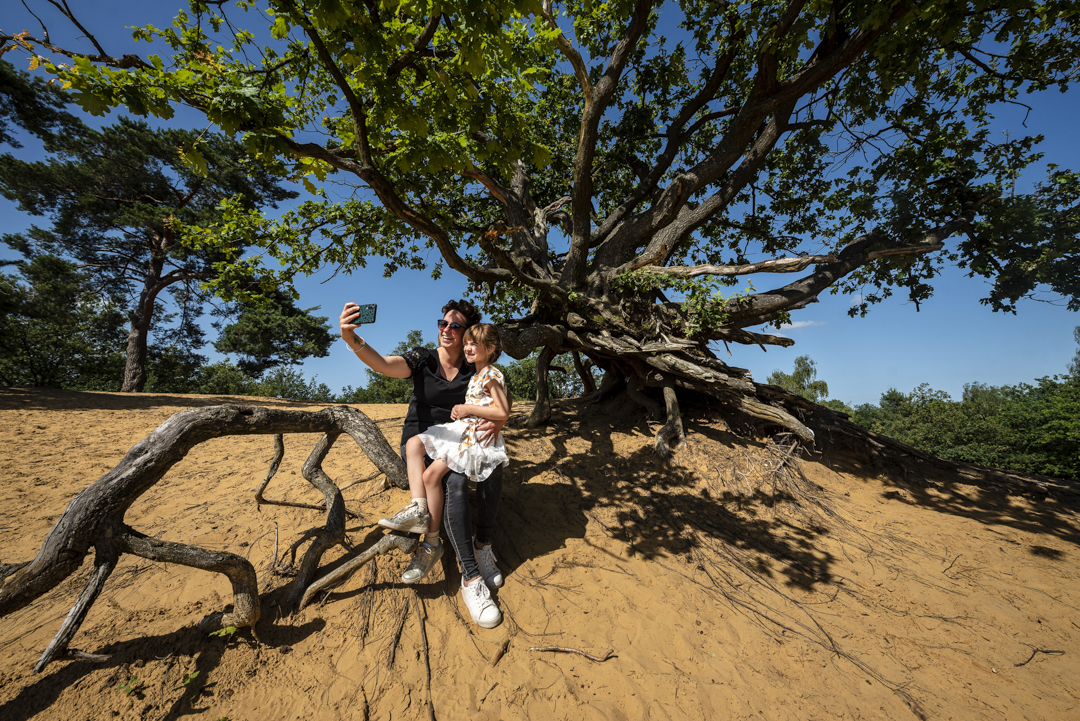
Oudsberg is the highest sand dune in Flanders, and one of the absolute top sights of Duinengordel, a big patch of sand spreading out around the towns of Bree, Maaseik and Oudsbergen. Reach the top – with a height of just 80m it’s pretty doable – and you’ll look out over a landscape that doesn’t belong here. Fine yellow sand and weathered trees with gnarly roots you’d expect to see near the edges of the Sahara Desert, not in green Limburg. Release some camels here and you’ll never have to take a plane again. The dunes are there because the North Sea used to cover most of Flanders. This means no Bruges, Antwerp or Ghent, which would have made prehistoric Limburg the place to be for cultural happenings as well as sunbathing. Yes, the local Neanderthals would – in between hunting, gathering and smearing the cave walls with their own shit – occasionally hop in the water for a refreshing swim. The vast sandbox that remains still makes for a lot of fun today – for children as well as horseback riders and mountain bikers. As from mid-August, the heather should be in bloom, allowing you to take wonderful pictures. An extra tip, free of charge: you’re welcome. www.visitlimburg.be/nl/wat-te-doen/duinengordel
4. A walk through the woods in Duinengordel



Duinengordel is much more than a beach dumped by the sea. In many places, the sand is hidden under surprisingly lush woods. In Wandelgebied Ophovenderheide near Oudsbergen for example, you can walk through a fern filled forest for hours, with the canopy just occasionally opening up around a ven: a large natural reservoir providing the area with much needed water. In Ven Ruiterskuilen there’s a wooden platform floating in the water, allowing you to dig into your lunch with a view, but there are benches at viewing spots around the other vens as well. Feel like taking a break after your hike? Go to Bar Lactose – right next to Joekelbos: the largest play forest in the country. This is a summer bar based in an active farm. The milk comes straight from the source. The source’s name is Bessie. www.facebook.com/barlactose/
5. Cosy relief in Maaseik

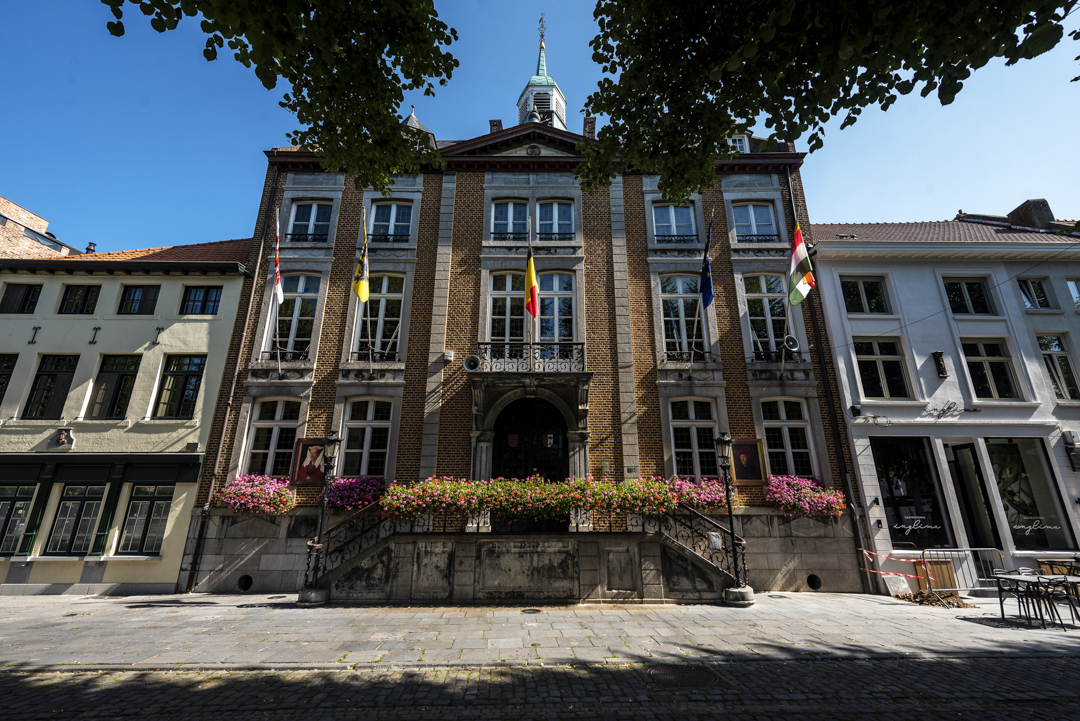
The day before we arrived in Maaseik, the water of the River Maas was about one inch away from overflowing the dikes. One hour of extra rain and the whole town would have been flooded. Scary times for the locals indeed. Saturday evening however, the water had dropped about five feet already, but the current was still so strong only complete idiots would go near it. Our plan to explore the nature reserves bordering the Maas in a silent boat had to be cancelled. Luckily Maaseik offers more than enough diversion on its own. The city seemed to exhale in relief, and every single dinner table was completely booked. There’s more than just bars and restaurants hiding behind the beautiful facades of the market square though. The Regional Archaeological Museum for example: a small but interesting place full of excavated remains of the sunbathing Neanderthals mentioned earlier, as well as a wax statue of the most ecstatically happy Roman legionary of all time. The most fun is to be had in the basement – not accessible right now: corona – where kids (or childish travel bloggers) can make their own and amazingly efficient prehistoric tools. They might have been shit smearing cave dwellers, but they weren’t stupid. www.visitlimburg.be/nl/wat-te-doen/regionaal-archeologisch-museum
6. Collect rocks in Thor Park
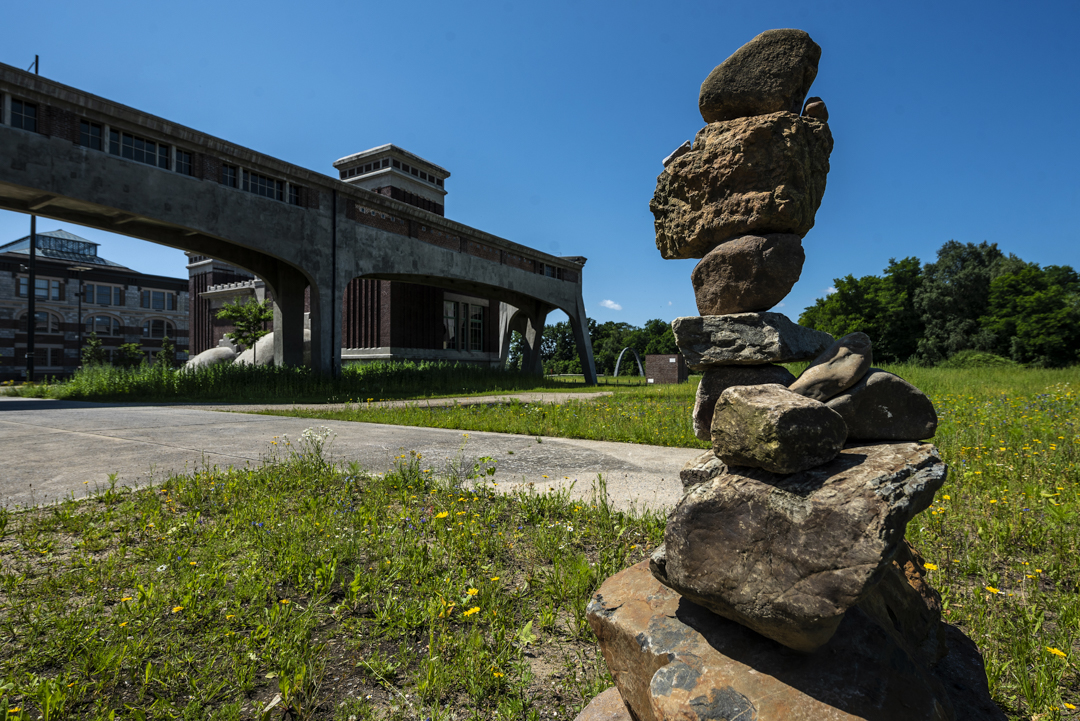

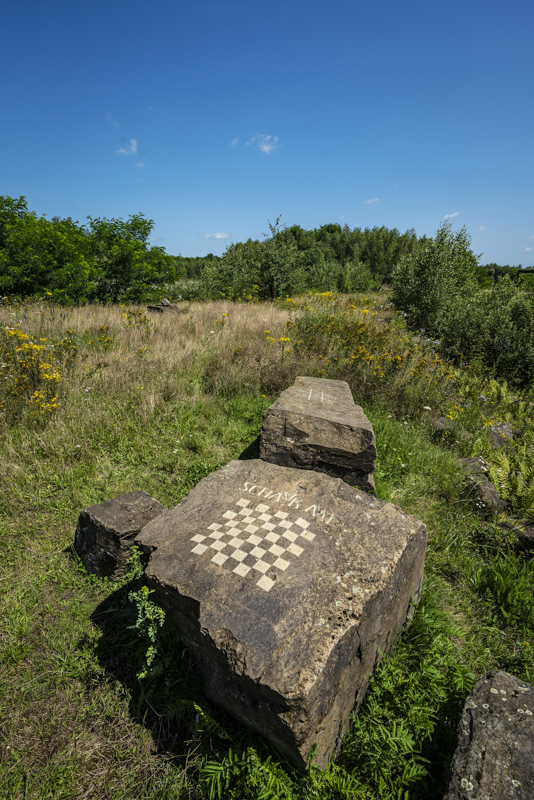
As an alternative for Rivierpark Maasvallei, we drove to Thor Park in Genk on Sunday. This is the newest entrance gate to Hoge Kempen National Park. Thor Park is lush green area behind the old Waterschei coal mine. The main building was superbly restored into the Thor Central event space, and is a prime example of how cities should treat their industrial heritage (take note, Antwerp). Behind this building is the starting point of the so called Steenmannetjespad (“little stone men path”). Small towers of piled up rocks – don’t stop yourself from making some more – lead you through flower-filled meadows, covered picnic spots and even a chessboard made of stone into a forest. There you’ll cross an abandoned railroad track to eventually end up on top of the mine’s slag heap for a nice view. If you’re eager for a longer hike, walk all the way from here to the As train station: another entrance gate to the national park. There’s a wooden viewing tower to climb here, and a lot of street art to enjoy on some of the derelict train cars. www.visitlimburg.be/nl/wat-te-doen/wandelgebied-thorpark
Practical information and staying in Limburg


On Friday night we stayed in Lodge Op De Berg in Bree (not related to the Lord of the Rings town). This is a brand new B&B, and we were the first official guests. This wooden house was built by Thierry and Gaëlle, and lies in their own garden. It comes with two floors offering a formidable view on the surrounding fields. In the years to come, they want to plant a “tasting forest”, where you can walk around eating everything you see. www.lodgeopdeberg.be
On Saturday, we stayed in B&B Het Agnetenklooster in Maaseik. This is a lovely historic building looking out over the River Maas, with a large and peaceful walled garden. The whole thing is run by Patricia: a friendly and devoted woman who’ll tell you all about the town. It’s the perfect base to explore the surrounding area.www.hetagnetenklooster.be
For more inspiration on Limburg as a destination, visit: www.visitlimburg.be.
To read the original story I wrote for their website, click here: www.visitlimburg.be/nl/blog/verborgen-natuurparels-in-limburg.
Want to go on another trip? Read my articles on Diest, de Rupel Region, the Frisian Isles, Waterloo and Leuven.












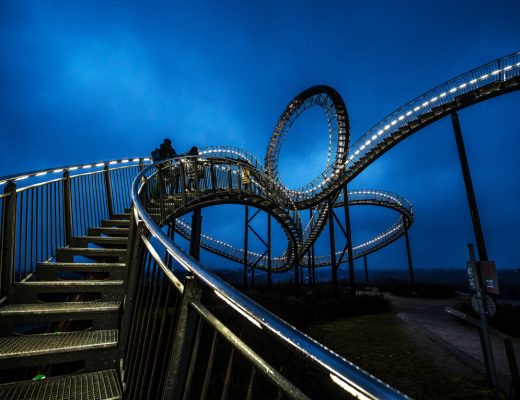

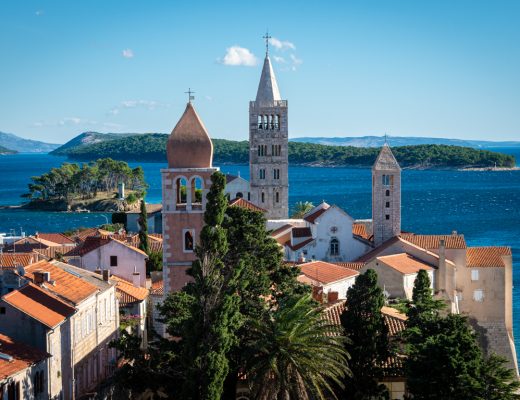

No Comments